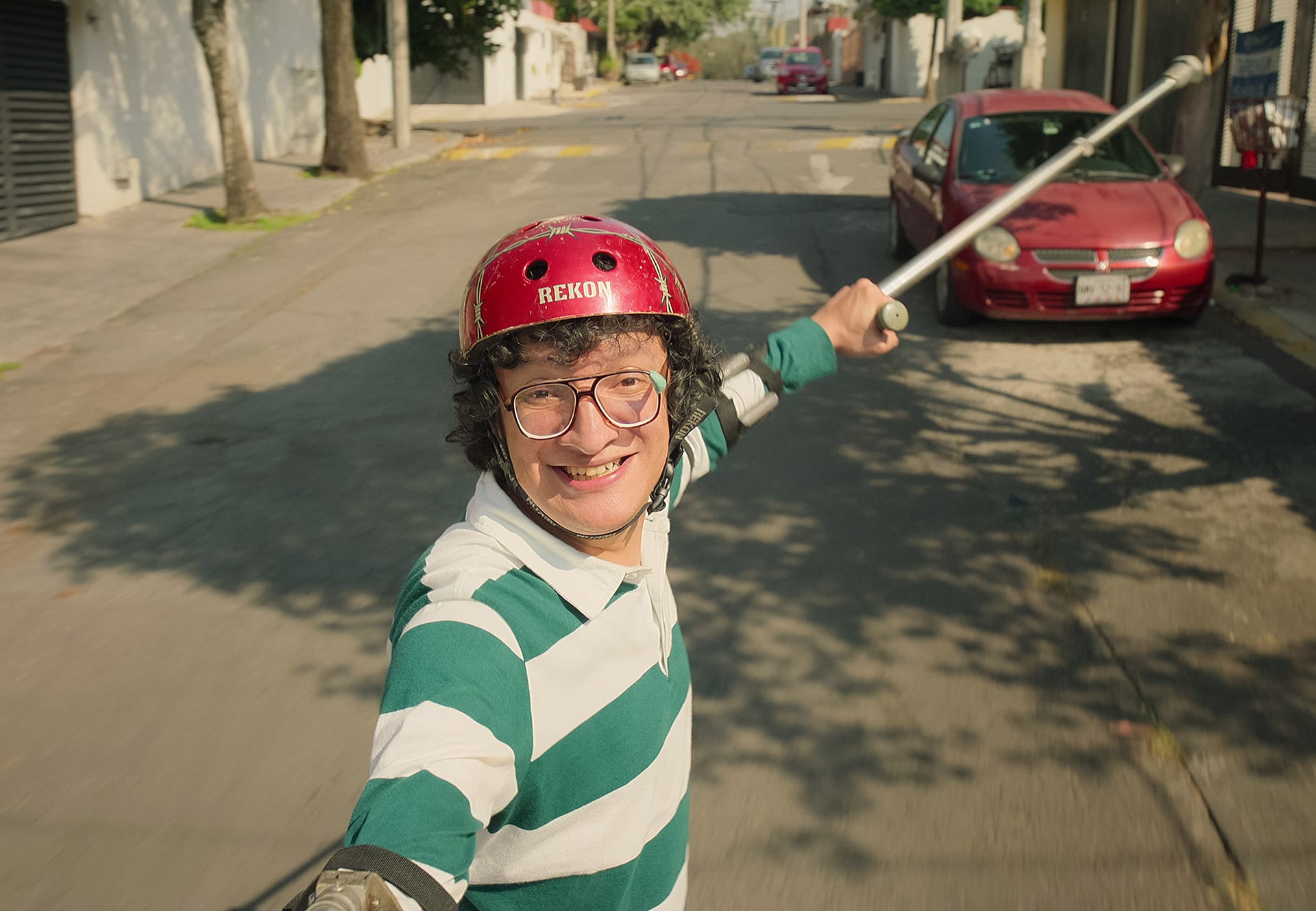Trending
- OP-ED: My Filipina Mother Taught Me to Blend In. My HIV Diagnosis Taught Me to Be Seen
- Loud and Proud in The Lone Star State: Dallas Church, Cities Across Texas Respond to Crosswalk Controversy with Pride
- WATCH: Scott and Mark Hoying on Creating “Fa La La Family”, a Holiday Story That Celebrates Every Kind of Love
- NewFest 37 Celebrates Spirit Day with Shorts Program, “The Celluloid Closet” & More
- We All Could Use Some Queer Joy! Be a Part of The Skin Deep + GLAAD’s New Collab
- Honoring Paul Kawata: A Legacy of Courage, Community, and Change
- Communities of Color Lead with Love on Spirit Day 2025
- Five Queer Filipinos Who Were On Project Runway













